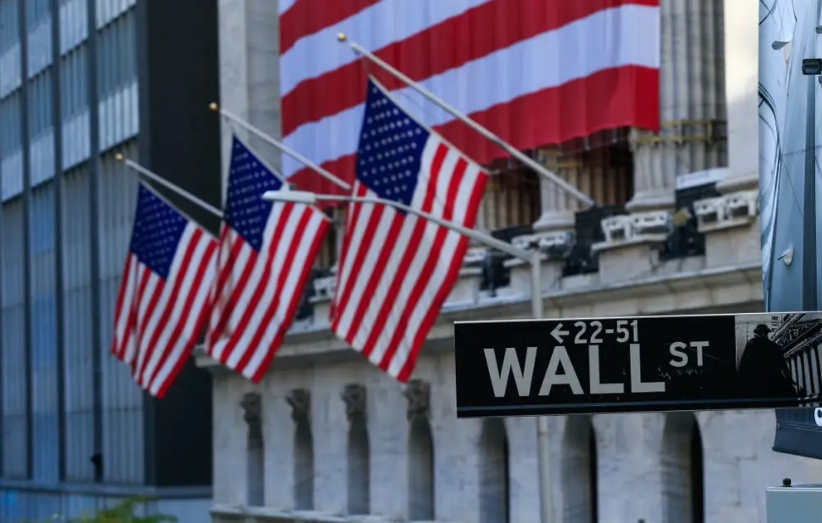Fluor’s Urban Engine Keeps Growth Chugging Along Amid Cyclical Headwinds
Fluor Corporation’s Q1 2025 earnings report offers a mixed but ultimately encouraging snapshot of the engineering and construction giant. While revenue fell short of expectations, adjusted earnings surged, and the company reaffirmed its full-year guidance—a sign of strategic discipline in a sector where execution is everything. Let’s break down the numbers and what they mean for investors.
The Urban Advantage
Fluor’s Urban Solutions segment is the clear star here, driving both revenue and profit growth. Revenue jumped 45.8% to $2.16 billion, fueled by high-margin projects like a $682 million Texas highway expansion and a $1.3 billion pharmaceutical facility in Indiana. The segment’s backlog swelled to $20.2 billion, a 8% increase year-over-year, suggesting strong future cash flows.

This performance isn’t just about size—it’s about margins. Urban Solutions’ profit rose to $70 million from $50 million in Q1 2024, a 40% jump. This segment now accounts for nearly 70% of Fluor’s total backlog, a deliberate pivot toward less cyclical, government-backed projects.
Storm Clouds in Energy and Mission
Not all segments shone. Energy Solutions’ revenue dropped 15.8% to $1.21 billion, hit by delayed projects and a lingering $28 million liability from a Mexican joint venture. Mission Solutions, which handles defense and federal projects, saw its profit crater to $5 million due to a $28 million legal reserve from a 2019 dispute.
The pain isn’t just top-line: both segments’ backlogs collapsed. Energy’s backlog fell 33% to $6.2 billion, while Mission’s dropped 45% to $2.4 billion. New awards in Energy plummeted 56% to $315 million, and Mission’s new contracts dropped 86% to $164 million. These trends raise concerns about long-term visibility in cyclical sectors.
Backlog and Balance Sheet: Cause for Caution?
Fluor’s total backlog of $28.7 billion is down 12.3% year-over-year. While 79% of this is in reimbursable contracts—projects where the company gets paid as work progresses—new awards fell 17% to $5.8 billion. A “book-to-burn ratio” of 1.5x (new awards vs. revenue) is healthy, but it’s still below last year’s level.
Cash flow remains a sticking point. Operating cash flow turned negative ($286 million) due to working capital demands from project ramp-ups. Yet Fluor reaffirmed its full-year guidance of $450–$500 million in operating cash flow, a sign management believes the current drag is temporary.
Strategic Priorities and Risks
Fluor is doubling down on its “grow and execute” strategy, emphasizing high-margin projects and legacy liability resolution. The company reduced its legacy project backlog by 53% to $585 million, a key step toward freeing up resources. Buybacks also accelerated, with $142 million repurchased in Q1 toward a $600 million annual target.
The risks are clear: Energy and Mission’s prolonged slumps could strain margins, and the NuScale Power investment write-down ($477 million) underscores the perils of high-risk ventures. Investors will watch closely for new award momentum and progress in resolving legal and legacy issues.
Investment Takeaway: A Resilient Engine, But Not Without Hiccups
Fluor’s Q1 results are a reminder that infrastructure is the backbone of its growth story. Urban Solutions’ dominance and the company’s focus on reimbursable contracts—87% of new awards this quarter—should help stabilize cash flows. The maintained full-year guidance ($2.25–$2.75 adjusted EPS) suggests confidence, even if revenue growth remains uneven.
However, the drop in new awards and the drag from Energy and Mission mean Fluor isn’t out of the woods yet. The stock’s post-earnings dip followed by a rebound highlights this tension: investors are pricing in long-term resilience but remain wary of near-term execution risks.
For now, the data argues Fluor is moving in the right direction. Urban’s strength, disciplined capital allocation, and backlog depth position it to meet its 2025 targets. But investors should monitor Q2’s new awards and cash flow trends closely. If Fluor can stabilize Energy and Mission while growing Urban’s backlog, the $36 stock price could be a bargain. If not? The cyclical headwinds might linger longer than expected.
In the end, Fluor’s results are a microcosm of the engineering sector: uneven, but with pockets of strength. For the bulls, Urban’s engine is worth the ride. The bears will wait for the other segments to catch up.









